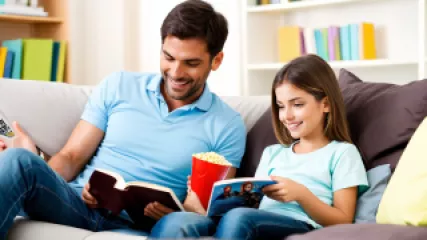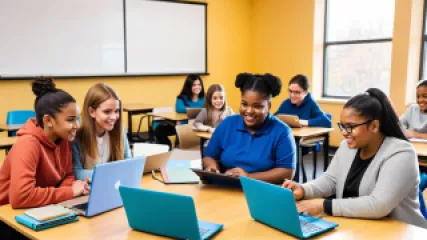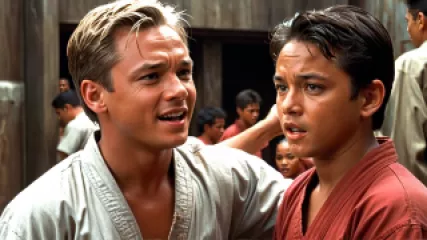Why Trusting Your Gut is Crucial for Developing Intuition Online
před 1 rokem
Rozvoj intuice
Learning Mental Health Lessons from the Power of Physical Touch in Books and Movies
před 1 rokem
Přínosy fyzického dotyku
Effective Relaxation Techniques for Caregivers
před 1 rokem
Stres pečovatelů
Exploring Friendship Dynamics: Lessons from Books and Movies
před 1 rokem
Psychologie přátelství
Navigating the Personal Development Journey of the Parent-Child Relationship
před 1 rokem
Vztah rodič-dítě
How to Heal After a Breakup: Expert Advice for Dealing with a Broken Heart
před 1 rokem
Zvládání rozchodu
What are the benefits of taking special education classes online?
před 1 rokem
Speciální vzdělávání
My Journey with Mindfulness and Meditation Techniques
před 1 rokem
Všímavost vs. meditace
Building Resilience in Kids: A Step-by-Step Guide
před 1 rokem
Budování odolnosti u dětí
How I Overcame a Broken Heart and Reclaimed My Life
před 1 rokem
Zvládání rozchodu
Caring for Aging Parents: Frequently Asked Questions
před 1 rokem
Stárnoucí rodiče
How Physical Touch Can Alleviate Anxiety: A Research Summary
před 1 rokem
Přínosy fyzického dotyku
Unlocking New Insights: Behavioral Therapy Techniques Inspired by Beloved Books and Films
před 1 rokem
Styly učení
How Physical Touch Can Reduce Stress: An Interview with a Massage Therapist
před 1 rokem
Přínosy fyzického dotyku
The Ultimate Guide to Improving Senior Mental Health and Empowerment
před 1 rokem
Péče o duševní zdraví seniorů















